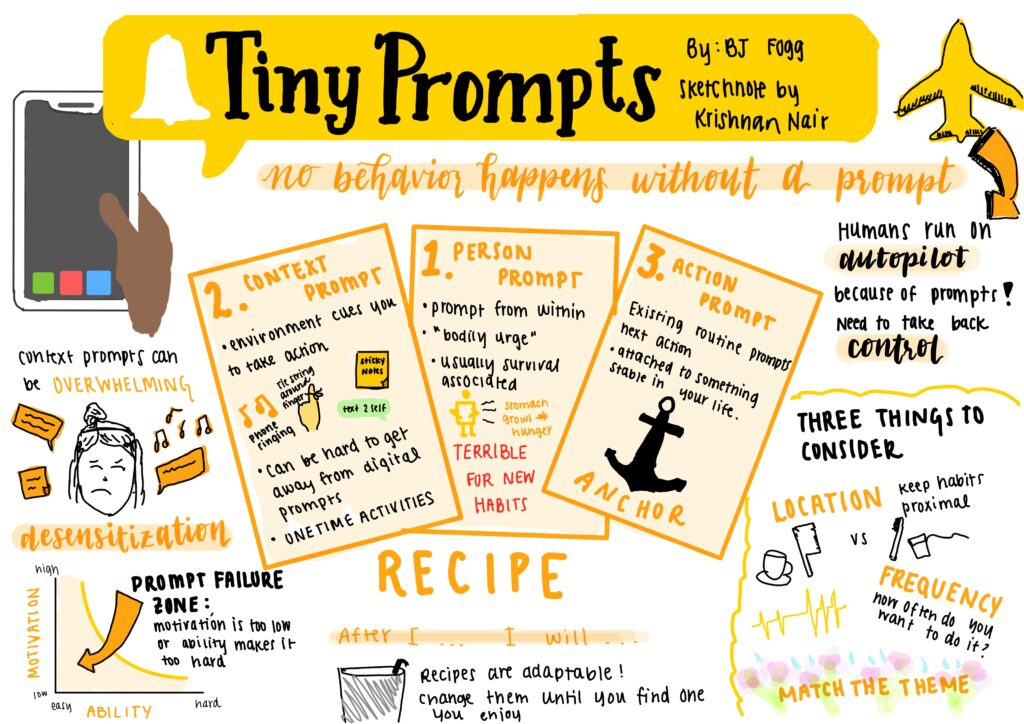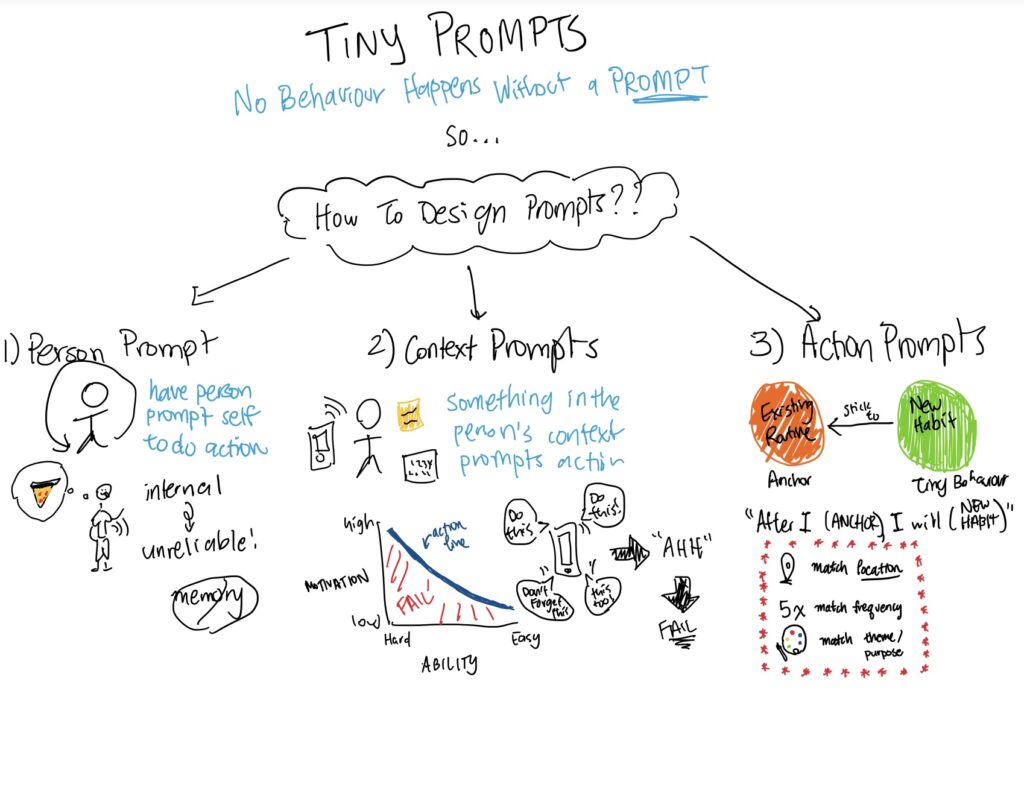Isolde (the head of Siiquent) targets hospitals and labs to provide them with the tools they need to perform gene-based studies. On the other hand, Emanuel (the head of Teomik) targets research labs and universities, with the goal of also providing them with tools they need to do gene-based studies. Both companies are B2B, however their business models differ. The business model of Isolde’s company is to prioritize the company’s revenue above all else, and they sell items that a hospital or lab would need to run their machines. Emanuel’s company, on the other hand, focuses more on being flexible with the businesses they work with. They sell the machines that their labs and universities need to perform their experiments.
The strategy of “imposing the structure of a single revenue model” can benefit a company because it allows them to develop a customer, brand image, and culture that is united behind a single revenue model. One of the drawbacks of this is that it does not allow for much nuance, especially in situations that would require a company to adjust to changes in the market, mergers, or an array of other factors. The strategy of “letting [the company] continue on its flexible way” addresses this latter point by allowing the company to determine its next steps and model based on what it needs at any given moment. While this may sounds idyllic, it could run into issues in scenarios like the one described in this article, where two independent companies are trying to merge and need to come to some agreement on their revenue model going forward. Leaving a new, mixed company with no guardrails for its revenue model would almost certainly lead to negative or unpredicted outcomes because different wings of the company may be working in conflicting ways.
If tasked with mediating the interaction between two department heads, I would adopt a similar approach as Peter by sitting the department heads down together and allowing them to discuss their prospective ideas for how the merge should go, as well as any concerns they have. I strongly believe that creating an open line of communication would be crucial in these early stages so everyone feels that their voice is heard and like they have an opportunity to advocate for the needs of their department. In addition to this, I feel that consulting with an independent but knowledgeable third party is also helpful, as this would allow us to consider factors that may not be readily obvious at the time of these conversations.



